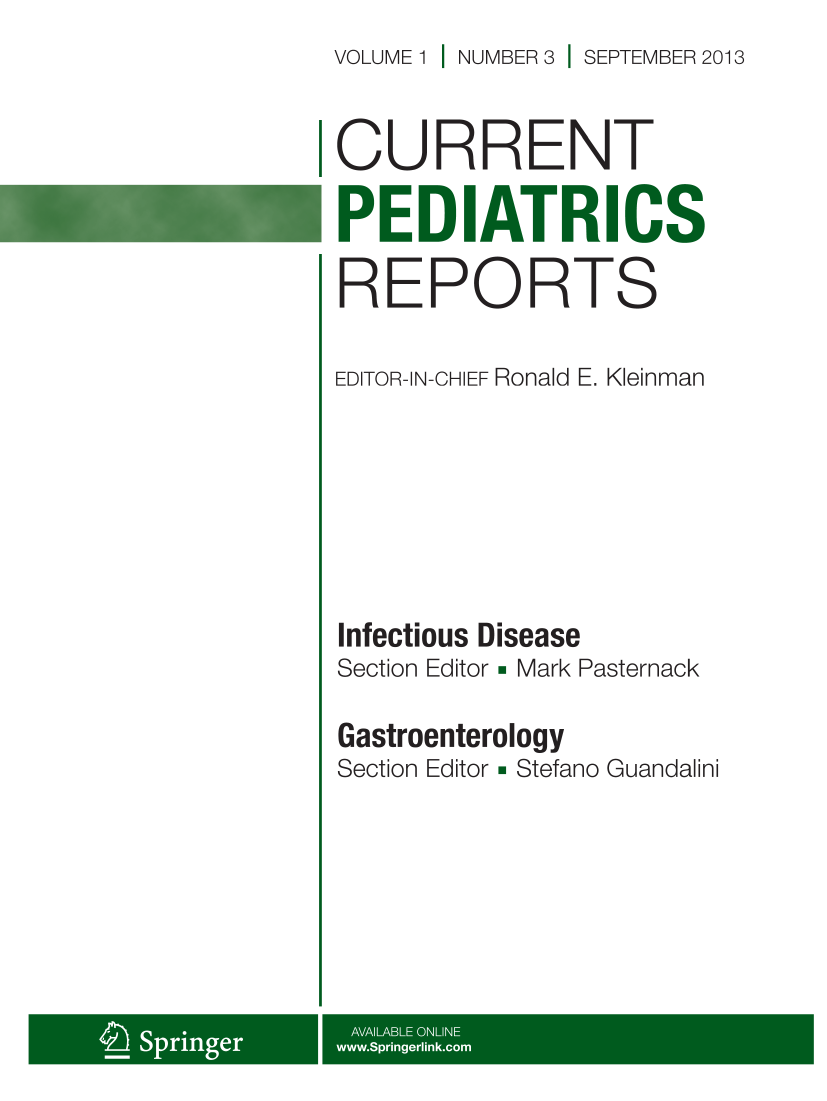Kalliope
Senior Member (Voting Rights)
Kavita D. Nadendla, Christina Kokorelis, Danilo Buonseno, Luise Neundorff, Alba M. Azola, Peter C. Rowe & Laura A. Malone

 link.springer.com
link.springer.com
(Full article is paywalled)
Abstract
Purpose of Review
Five years into the COVID-19 pandemic, long COVID in children and adolescents has emerged as a complex, chronic condition with distinct clinical features and challenges that can affect the quality of life of children and adolescents.Recent Findings
Defined by the inclusive 2024 NASEM criteria, long COVID is recognized as a multisystem illness that can arise even after mild or asymptomatic infections, with symptoms that persist, fluctuate, or relapse over time. Pediatric patients commonly experience fatigue, cognitive dysfunction, orthostatic intolerance, and conditions such as myalgic encephalomyelitis/chronic fatigue syndrome (ME/CFS) and mast cell activation syndrome (MCAS), often with overlapping presentations. Current data highlight key risk factors—including female sex, older age, joint hypermobility, and earlier viral variants—while vaccination has been shown to offer some protective benefit.Summary
Effective management for pediatric long COVID requires individualized, multidisciplinary care focused on symptom relief and functional improvement. As clinical understanding continues to evolve, there remains an urgent need for standardized diagnostic tools, consistent outcome measures, and coordinated research efforts to guide treatment and improve quality of life for affected children.
Diagnosis and Management of Long COVID in Children and Adolescents: An Update after 5 Years of Clinical and Research Experience - Current Pediatrics Reports
Purpose of Review Five years into the COVID-19 pandemic, long COVID in children and adolescents has emerged as a complex, chronic condition with distinct clinical features and challenges that can affect the quality of life of children and adolescents. Recent Findings Defined by the inclusive...
(Full article is paywalled)
